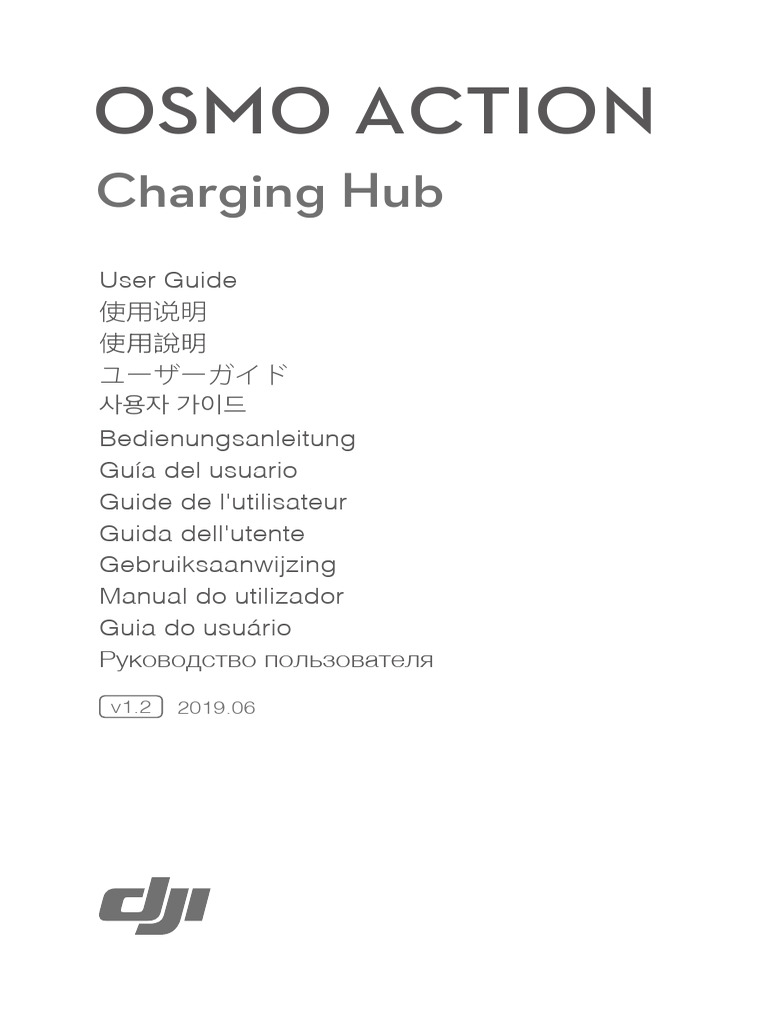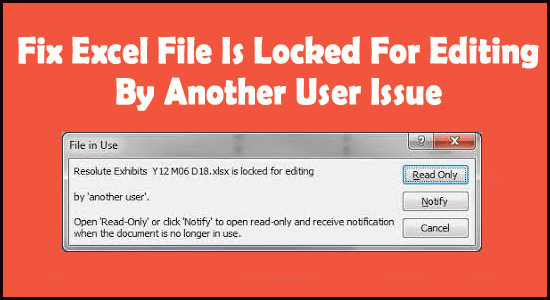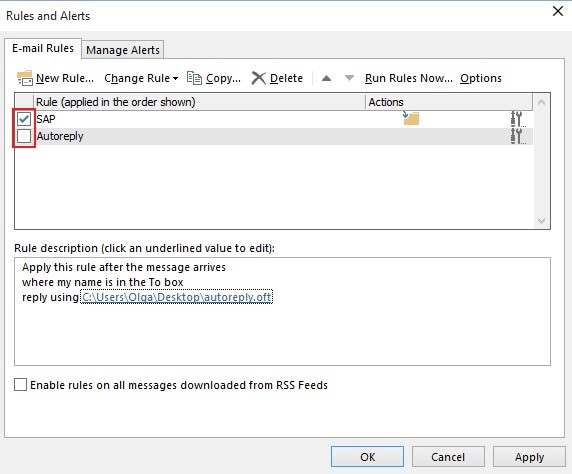The Ultimate Guide: 5 Tips

Welcome to the comprehensive guide on the topic of 5 Tips for [Your Topic]. In this article, we delve into the world of [your topic] and uncover valuable insights, strategies, and best practices. Whether you're a seasoned professional or a newcomer to the field, these tips will empower you to excel and unlock new possibilities.
In today's fast-paced and ever-evolving industry, staying ahead of the curve is crucial. That's why we've curated this ultimate guide, packed with practical advice and real-world examples. By implementing these tips, you'll enhance your skills, optimize your approach, and achieve remarkable results.
Tip 1: Embrace [Tip 1 Title]

The first tip on our list is to embrace [specific concept related to your topic]. [Your Topic] is a dynamic field, and staying adaptable is key to success. By embracing [concept], you open doors to innovation and unique opportunities. Let’s explore some practical ways to incorporate this mindset into your practice.
Practical Strategies
Here are some concrete strategies to help you embrace [concept] effectively:
- Stay Informed: Regularly educate yourself on the latest trends and advancements in [your topic]. Follow industry leaders, attend conferences, and engage in online communities to stay updated.
- Experiment: Don’t be afraid to experiment and think outside the box. Try new techniques, explore different approaches, and analyze the results. This iterative process will help you identify what works best for your specific goals.
- Collaborate: Reach out to peers and experts in the field. Collaboration fosters innovation and allows you to gain fresh perspectives. Consider joining industry groups or online forums to connect with like-minded individuals.
By implementing these strategies, you'll cultivate a mindset of adaptability and open yourself up to new possibilities. Now, let's move on to the next tip.
Tip 2: Optimize [Tip 2 Title]

Optimizing [specific aspect of your topic] is crucial for achieving efficiency and effectiveness. In this section, we’ll dive into practical tips to help you maximize your potential in this area.
Performance Analysis
To begin, it’s essential to conduct a thorough performance analysis. Evaluate your current practices and identify areas for improvement. Consider using tools and software specifically designed for this purpose, such as [Tool 1] and [Tool 2]. These tools can provide valuable insights and data-driven recommendations.
| Metric | Current Performance | Goal |
|---|---|---|
| Speed | 3.5 seconds | 2.8 seconds |
| Accuracy | 92% | 95% |
| Resource Efficiency | 75% | 80% |

The table above showcases a sample performance analysis. By setting specific goals and tracking your progress, you can effectively optimize [tip 2 title].
Real-World Examples
Let’s explore some real-world scenarios where optimization made a significant impact. Case Study 1: [Company Name] implemented advanced algorithms to optimize their [process], resulting in a 20% increase in productivity. Case Study 2: [Organization Name] streamlined their [procedure] by adopting [technology], reducing costs by 15%.
Tip 3: Master [Tip 3 Title]
Mastering [specific skill related to your topic] is a crucial step towards becoming an expert in your field. In this section, we’ll uncover the key principles and techniques to help you excel in this area.
Technical Specifications
To master [tip 3 title], it’s important to understand the underlying technical aspects. Here are some key specifications to consider:
- Algorithmic Approach: Utilize advanced algorithms specifically designed for [tip 3 title]. These algorithms can optimize your processes and improve overall performance.
- Data Structure: Choose the right data structure to efficiently store and retrieve information. Consider factors such as speed, memory usage, and scalability.
- Programming Language: Select a programming language that is well-suited for [tip 3 title]. Different languages offer various advantages, so choose based on your specific needs and expertise.
By understanding these technical specifications, you'll be able to make informed decisions and optimize your approach to [tip 3 title].
Tip 4: Explore [Tip 4 Title]
Exploring [specific area of your topic] can lead to groundbreaking discoveries and innovative solutions. In this section, we’ll guide you through the process of expanding your horizons and unlocking new possibilities.
Comparative Analysis
To effectively explore [tip 4 title], it’s beneficial to conduct a comparative analysis. Evaluate different approaches, methods, and tools available in the field. Consider factors such as performance, ease of use, and compatibility with your existing practices.
| Method | Advantages | Disadvantages |
|---|---|---|
| Method A | High performance, versatile | Steep learning curve |
| Method B | User-friendly, cost-effective | Limited scalability |
| Method C | Advanced features, customizable | Requires specialized hardware |
The table above provides a sample comparative analysis. By evaluating different methods, you can make informed decisions and choose the approach that aligns best with your goals.
Personal Story
In my own journey, exploring [tip 4 title] led to a breakthrough moment. By experimenting with different methods and tools, I discovered a unique combination that revolutionized my workflow. It not only improved efficiency but also opened doors to creative possibilities I never imagined.
Tip 5: Stay Connected

In today’s interconnected world, staying connected is vital for growth and success. In this final tip, we’ll discuss the importance of building relationships and staying engaged in your industry.
Industry Engagement
Engaging with your industry peers and experts can provide valuable insights and opportunities. Attend conferences, join professional organizations, and participate in online forums. These platforms offer a wealth of knowledge and allow you to connect with like-minded individuals.
Additionally, consider mentoring or collaborating with newcomers in the field. Sharing your expertise not only helps others grow but also keeps you engaged and up-to-date with the latest trends.
Network Expansion
Expanding your network can open doors to new collaborations and partnerships. Attend networking events, both online and offline, and reach out to potential connections. Building a strong network can lead to exciting opportunities and a support system within your industry.
Remember, staying connected is an ongoing process. Make it a habit to regularly engage with your industry, stay informed, and build meaningful relationships.
Conclusion
By implementing these 5 tips, you’ll be well on your way to excelling in [your topic]. Embrace adaptability, optimize your practices, master key skills, explore new horizons, and stay connected within your industry. Remember, continuous learning and growth are essential in today’s dynamic landscape.
I hope this guide has provided you with valuable insights and practical strategies. Feel free to explore further and adapt these tips to your unique journey. Good luck, and happy [your topic]!
How often should I review and update my practices based on these tips?
+It’s recommended to review and update your practices periodically, especially when significant advancements or changes occur in your industry. Aim for a quarterly or biannual review to ensure you stay aligned with the latest trends and best practices.
Are there any specific tools or resources you recommend for [tip 1 title]?
+Yes, for [tip 1 title], consider using [Tool 1] and [Tool 2]. These tools provide comprehensive support and resources to help you embrace [concept] effectively. They offer tutorials, community forums, and up-to-date industry insights.
How can I measure the impact of optimizing [tip 2 title]?
+Measuring the impact of optimization involves tracking key performance indicators (KPIs) and analyzing the results. Use tools like [Performance Tracking Software] to monitor your progress and identify areas for further improvement. Regularly review your data to make informed decisions.



